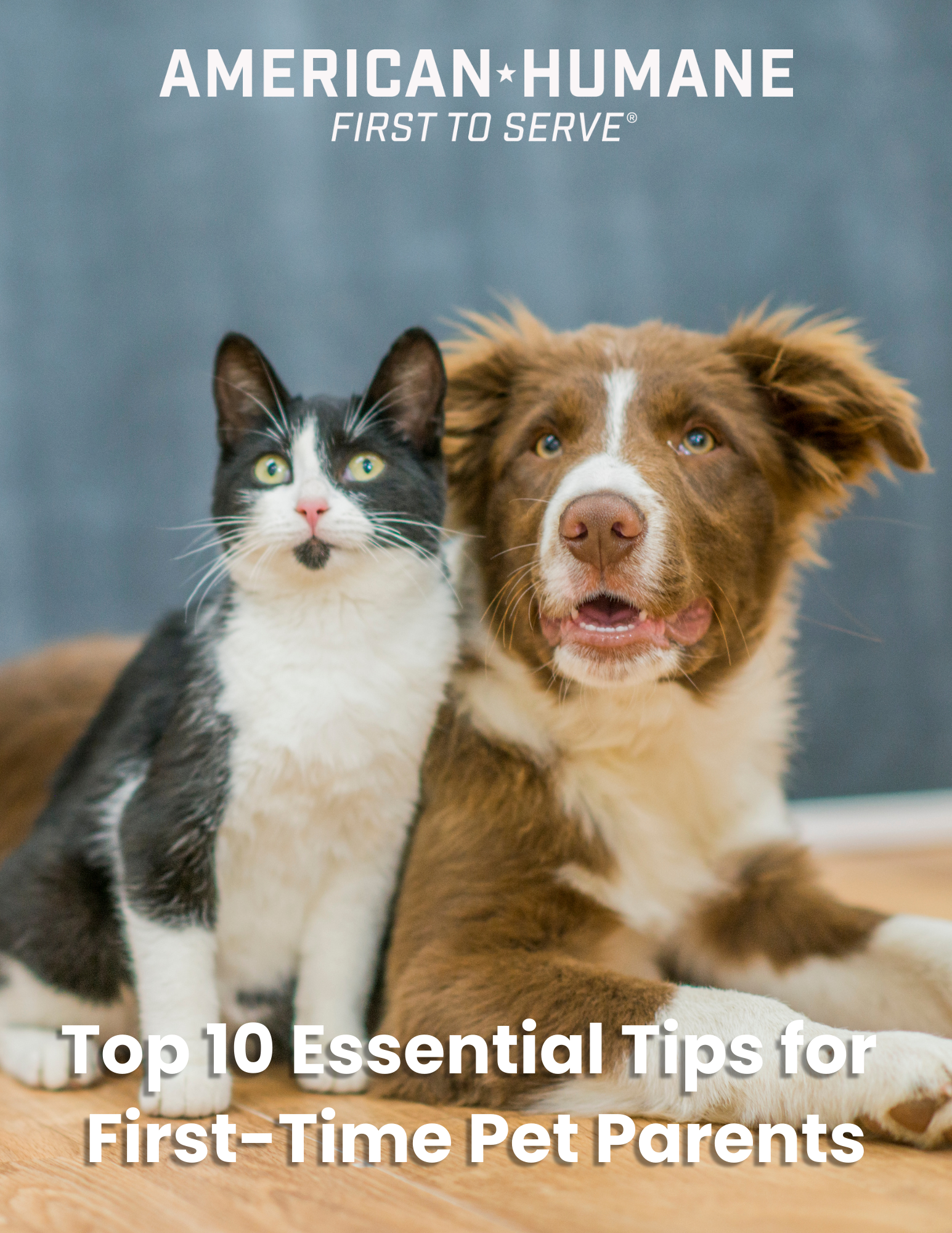All animals need exercise — cats need to play, dogs need to run, even hamsters need to spin on their wheels. Here’s what you can do to make sure your cat or dog gets enough exercise and reaps the rewards of this healthy habit:
Exercise for cats
Because cats don’t run up to their owners with balls in their mouths, many people assume that they don’t want or need to be played with at all. On the contrary, cats need exercise and a lot of mental stimulation. Without it, they can get bored and develop behavior problems.
Cats like to chase things because they are natural hunters. So why not challenge and excite them by inventing games in which they can hunt imaginary prey?
The best toy is a fishing pole-type apparatus that has feathers, streamers, or other items attached to it with a string. Make sure the object doesn’t have any loose parts that the cat can choke on. Mimic the movements of a bird or insect flying overhead or a small animal scurrying across the floor by moving the toy in short, jerky motions. Make sure you allow your cat to catch the “prey” now and again. Otherwise, they could lose interest in the game.
Play with your cat as often as you can for about ten minutes at a time, perhaps while you’re talking on the phone or watching TV. You’ll both enjoy this fun, silly time together; and it will help create an inseparable bond between you and your feline friend.
Exercise for dogs
Although fenced yards provide a safe, handy place in which your dog can play and relax, every dog still deserves at least one walk a day outside the yard. Walks provide the following benefits.
Bonding time
Time together, especially active time, provides an opportunity for dog and guardian to interact and establish mutual communication and a strong bond of affection. Dogs on a walk also get to socialize with other dogs. This is especially beneficial for puppies, who learn the rules of canine social interaction from meeting older dogs.
Exercise
Most dogs won’t run around a fenced yard enough to get the exercise they need. If you and your dog walk a mile or more a day, you’ll both benefit by building strength and endurance, burning calories, breathing fresh air, and discovering what is new in the neighborhood.
Boredom
Yard-bound dogs get bored from lack of variety in their lives. Walk past a fenced yard and watch the resident dog race along the fence line, press its face through the links, bark, pant, whimper; and practically turn somersaults to get your attention. Imagine being able to see a park, alley, or vacant lot from your yard but never getting the chance to explore it. No wonder dogs get frustrated.

